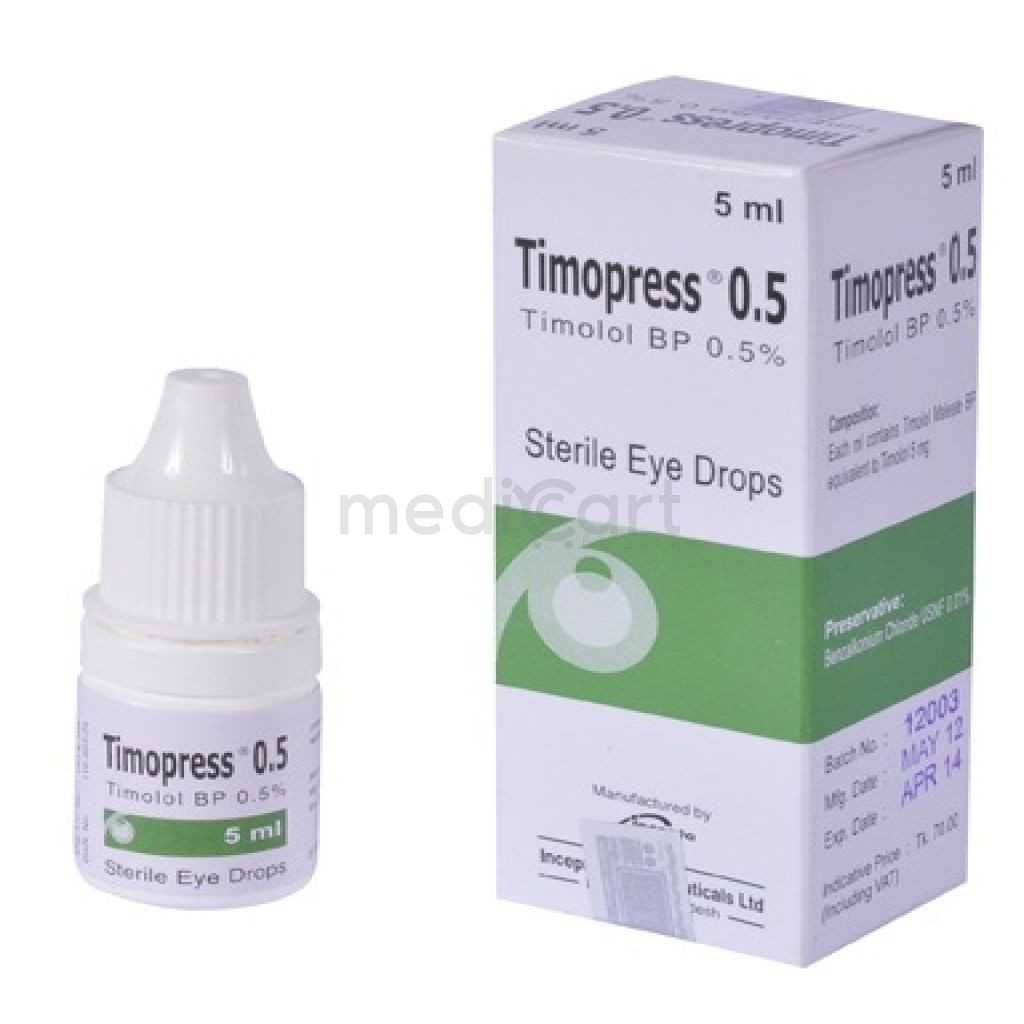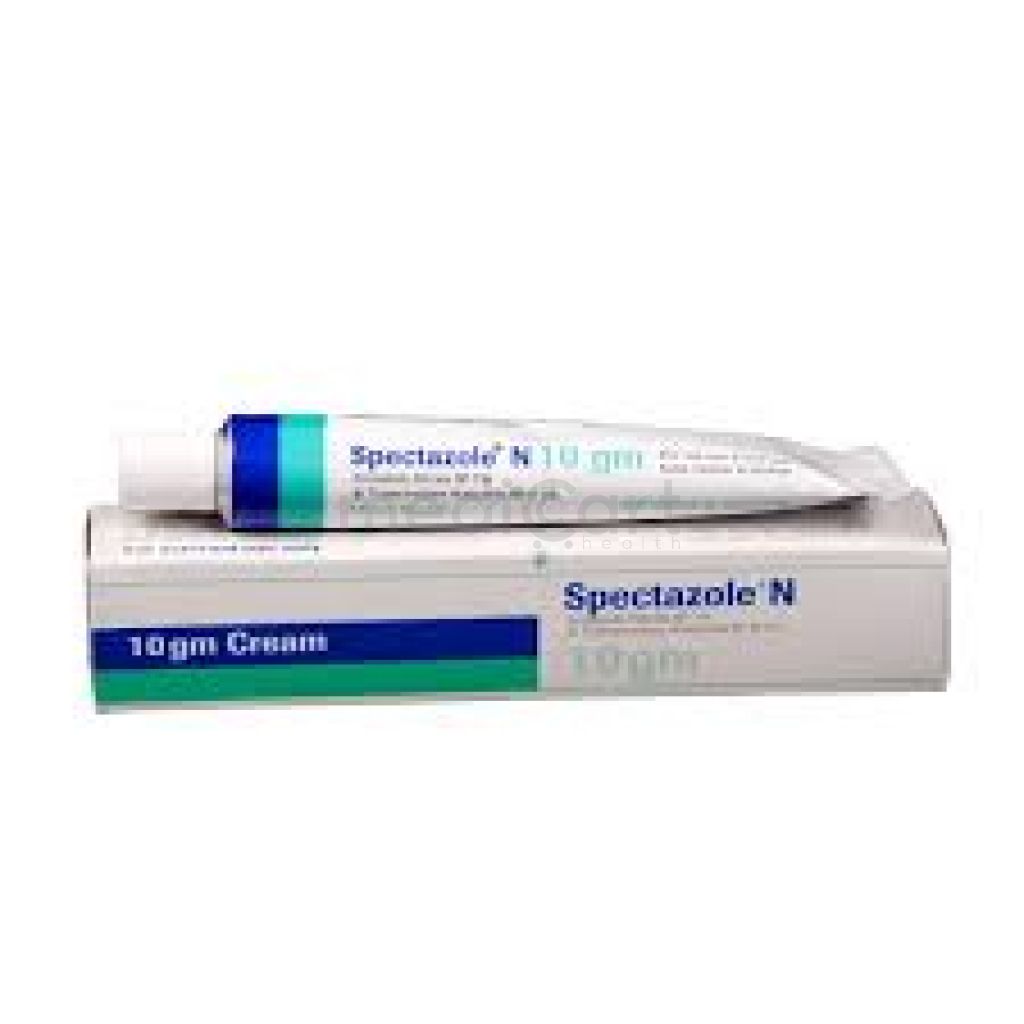

Ticoma DS - 0.005
Drops
Pack Size :
1 Bottle x 1 Packet
Generics :
Timolol Maleate 0.5% Eye prep
Manufacturer :
Opsonin Pharma Ltd.
Best Price *
TK
70.26
* Delivery will be done in Dhaka city only.
More Information About - Ticoma DS - 0.005
Description
Generic Name
Timolol Maleate 0.5% Eye prepPrecaution
Observe patients receiving topical timolol and a systemic ?-adrenergic blocking agent concomitantly for potential additive effects on IOP and/or systemic effects of ?-adrenergic blockade Severe respiratory reactions and cardiac reactions, including death due to bronchospasm in patients with asthma, and rarely death in association with cardiac failure, reported following systemic or ophthalmic administration of timolol maleate Patients with chronic obstructive pulmonary disease (e.g., chronic bronchitis, emphysema) of mild or moderate severity, bronchospastic disease, or a history of bronchospastic disease (other than bronchial asthma or a history of bronchial asthma, in which timolol is contraindicated) should, in general, not receive beta-blockers Some authorities recommend gradual withdrawal of beta-adrenergic receptor blocking agents in patients undergoing elective surgery; if necessary during surgery, effects of beta-adrenergic blocking agents may be reversed by sufficient doses of adrenergic agonists Beta-adrenergic blocking agents should be administered with caution in patients subject to spontaneous hypoglycemia or diabetic patients (especially those with labile diabetes) who are receiving insulin or oral hypoglycemic agents; beta-adrenergic receptor blocking agents may mask signs and symptoms of acute hypoglycemia Beta-adrenergic blocking agents may mask certain clinical signs (e.g., tachycardia) of hyperthyroidism; patients suspected of developing thyrotoxicosis should be managed carefully to avoid abrupt withdrawal of beta-adrenergic blocking agents that might precipitate thyroid storm Because of potential effects of beta-adrenergic blocking agents on blood pressure and pulse, these agents should be used with caution in patients with cerebrovascular insufficiency; if signs or symptoms suggesting reduced cerebral blood flow develop following initiation of therapy, alternative therapy should be consideredIndication
Open-angle glaucoma, Ocular hypertensionContra Indication
Hypersensitivity to any component of this product; bronchial asthma; history of bronchial asthma; severe chronic obstructive pulmonary disease; sinus bradycardia; second or third degree atrioventricular block; overt cardiac failure; cardiogenic shockDose
N/ASide Effect
>10% Burning or stinging (38%) >1% Blurred vision (4-10%),Cataract (4-10%),Conjunctivitis (4-10%),Decreased visual acuity (4-10%),Headache (4-10%),Hypertension (4-10%),Infection (4-10%),Itching (4-10%) Frequency Not Defined Ocular irritation,Blepharitis,Keratitis,Ocular pain,Discharge (e.g., crusting),Foreign body sensation,Dry eyes,Eyelid erythema,Blepharoptosis,Decreased corneal sensitivity,Diplopia,Cystoid macular edema,Pseudopemphigoid,Choroidal detachment following filtration surgery,Epiphora,Photophobia,Conjunctival injection,Corneal fluorescein staining,Retinal vascular disorder,Ptosis Potentially Fatal: Heart failure, intensification of heart block, bronchospasm, respiratory failure.Pregnancy Category
Name : C
Description
Animal reproduction studies have shown an adverse effect on the fetus and there are no adequate and well-controlled studies in humans, but potential benefits may warrant use of the drug in pregnant women despite potential risksMode of Action
Exact mechanism of ocular hypotensive effect is unclear, but it is thought to be related to reduction of aqueous humour formation. beta-blockade also causes lowering of BP.Interaction
Concomitant admin w/ reserpine may increase hypotension and bradycardia. Additive effects w/ other antihypertensives (e.g. hydralazine, methyldopa). Increased beta-adrenergic blockade (e.g. decreased heart rate) w/ quinidine. Rebound HTN due to abrupt withdrawal of clonidine. Hypotensive effect may be antagonised by NSAIDs (e.g. indomethacin, ibuprofen).Pregnancy Category Note
Pregnancy Category: C Lactation: Secreted in breast milk; Mfr advises against breast feeding (AAP Committee states compatible with breast feeding)Adult Dose
Ophthalmic Open-angle glaucoma; Ocular hypertension Adult: Initial: The usual starting dose is one drop in the affected eye(s) twice a day. Reduce to 1 drop/day if controlled.Child Dose
Safety & efficacy not establishedRenal Dose
N/AAdministration
N/ADisclaimer
The information provided herein are for informational purposes only and not intended to be a substitute for professional medical advice, diagnosis, or treatment. Please note that this information should not be treated as a replacement for physical medical consultation or advice. Great effort has been placed to provide accurate and comprehensive data. However, Medicart along with its authors and editors make no representations or warranties and specifically disclaim all liability for any medical information provided on the site. The absence of any information and/or warning to any drug shall not be considered and assumed as an implied assurance of the Company.






